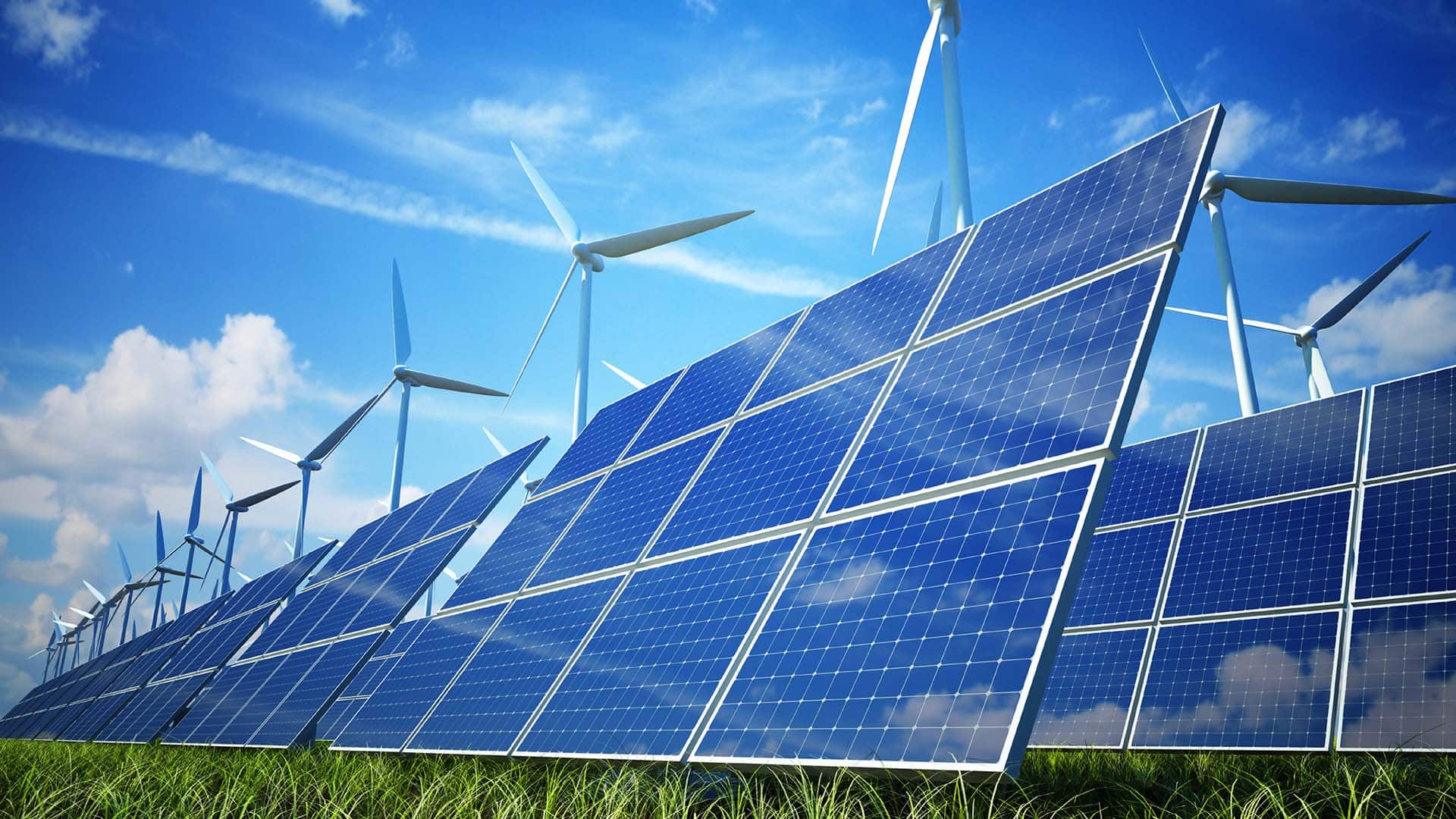Executive summary
This document contributes to the analysis of the energy and climate diplomacy priorities of the EU during the new 2024-29 political cycle, from a Spanish perspective. It contains the following key messages: (a) energy and climate will remain a priority, but in a different context; (b) a significant implementation legacy; (c) greenshoring, a template for open, competitive decarbonisation for the EU; (d) addressing the risks of fossil-fuel geopolitics; (e) applying the CBAM and managing the new geoeconomics of carbon; (f) mitigating the geopolitical risks of decarbonisation; (g) climate diplomacy and social acceptance; and (h) implications of EU foreign policy from a Spanish perspective.
Energy and climate will remain a priority, but in a different context
Energy and climate policy will continue to be one of the EU’s main foreign policy areas. The new Commission must ensure the continuity of the packages that were approved by its predecessor in a context that was very different, in terms both internal and external acceptance of its climate policies, and of the radically different geopolitical landscape. The energy crisis provoked by Russia has been overcome but said crisis has changed Europe’s strategic orientation. The underlying geopolitical volatility has risen in the Middle East, while rivalry with China continues to play out in industries that are key to the energy transition, such as electric vehicles and renewables. This new geopolitical context must not be allowed to upset the delicate balance between decarbonisation, competitiveness and energy security, but the Commission will have to work hard to advocate for decarbonisation both within the EU and in its relations with the rest of the world. Concerns over energy security have expanded from worries about threats to the supply of gas and oil to the risks associated with renewables and their value chains, opening up a new policy space for the Commission. Although citizens remain very concerned about climate change said concern is lower than in 2019. In this context, the EU must decide on its goals for 2040, taking into consideration scientific recommendations and striving to ensure the acceptance of its climate policies by supporting the most vulnerable sectors and regions with inclusive policies to address the growing concern over economic and social impacts while tackling the risk of polarisation.
A significant implementation legacy
The most significant legacies of the outgoing Commission are the launch and development of the European Green Deal (EGD), overcoming the energy crisis triggered by the interruption of Russian gas supplies, the measures adopted in response to the US administration’s Inflation Reduction Act (IRA) and to mitigate the EU’s vulnerability to China. The wide range of initiatives launched by the Commission means there must now be a focus on implementation, transitioning from goals to plans and legislative initiatives leading to investments. These initiatives include the investments and reforms designed to deliver the digital and green transition, funded by the Next Generation EU’s (NGEU) temporary recovery mechanism, the European Climate Law, the Fit for 55 package (which includes the Carbon Border Adjustment Mechanism or CBAM), the REPowerEU plan to respond to Russia’s invasion of Ukraine and the energy crisis, reform of the electricity market, the Net-Zero Industry Act (NZIA), the Critical Raw Materials Act (CRMA) and regulation on deforestation-free forests (EUDR), among others. The EU must also apply the Trade and Sustainable Development (TSD) chapters of existing trade agreements and include them in ongoing trade negotiations. There is a risk that some of these initiatives could be perceived by EU partners as instruments for climate protectionism or even green neocolonialism, requiring active European energy and climate diplomacy to limit said perceptions.
Greenshoring: a template for open, competitive decarbonisation for the EU
Greenshoring refers to the replacement of suppliers with high emissions or less sustainable resource use by suppliers with lower emissions and better environmental performance. This approach makes it possible to align Spanish and European values and interests, prioritising economic cooperation with countries that want to make progress in energy transition, attract investment in their decarbonised industries, and integrate with new transnational value chains. Many analysts predict an energy policy that will be more focused on competitiveness, particularly in the industrial sphere, and on supply security, but the fight against climate change remains among the key priorities of Spaniards and other Europeans. It is important to avoid a false dichotomy between economic security and strategic autonomy on the one hand, and decarbonisation on the other. While the transition towards suppliers with lower emissions may initially entail higher costs, over the medium and long term the resilience of the supply chain and industrial competitiveness will improve. The challenge of implementation must be addressed to ensure that new alternative suppliers comply with minimum environmental standards and are able to satisfy demand from the EU. Spain has proposed an open competitive decarbonisation approach as the best way to present an energy model that will be attractive both to Europeans and the rest of the world.
Addressing the risks of fossil-fuel geopolitics
The new Commission must remain focused on the security of gas and oil supplies, simultaneously addressing decoupling from Russia, the consequences of the crisis in Gaza and the Red Sea, and tensions between Israel and Iran. The G7/EU ceiling on Russian oil prices has not had the expected results, with European imports of liquefied natural gas (LNG) from Russia increasing over the past year, while the EU continues to import Russian strategic minerals and nuclear fuel. Given discrepancies between European countries and sanction fatigue, the new Commission will find it very hard to obtain approval for hard-hitting energy sanctions against Russia, although sanctions have been proposed for some aspects of Russian LNG imports, and if these are successful, they could be expanded by the new Commission. The crisis in the Red Sea has had a negative impact on the European energy and economic outlooks, raising the geopolitical risk premium for oil and for both oil and LNG transport costs. It has also put pressure on supply chains and increased both greenhouse gas emissions from maritime transport and their related taxes for calls at European ports. Problems with gas production in Egypt and the war in Gaza have reined in European expectations of diversifying gas supplies in the eastern Mediterranean, while escalating tensions between Israel and Iran threaten to disrupt the gas and oil markets (including new US sanctions on Iranian crude oil). A possible moratorium on US LNG projects represents an additional medium-term risk. In this context, the new Commission must continue to develop the EU energy platform (to aggregate demand and jointly purchase gas), although some observers question how effective this will be. The Commission will also have to anticipate the long-term impact of European decarbonisation on the most exposed hydrocarbon producers, some of whom are of major geopolitical importance to the EU. More specifically, the EU must take care to ensure that it provides key suppliers such as Algeria and Libya with opportunities to be included in the energy transition process.
Applying the CBAM and managing the new geoeconomics of carbon
The EU’s energy and climate diplomacy faces the challenge of presenting the CBAM as a decarbonisation incentive for countries that want to join a climate club whose members apply carbon pricing mechanisms. This means compensating the negative impacts of CBAM, particularly in less developed countries, which would help avoid allegations of climate protectionism. The EU should also strive to align its decarbonisation and industrial policies with those of its commercial partners: the United States’ IRA, and China’s Belt and Road Initiative (BRI). Finally, it needs to defend green industrialisation, encouraging Member States to adopt the NZIA and the CRMA within the framework of the Green Deal Industrial Plan, addressing the issue of state aid, and continuing to support its trade partners in adapting to new initiatives such as the deforestation regulation (EUDR).
Mitigating the geopolitical risks of decarbonisation
The incoming Commission will have to address the challenge of mitigating the geopolitical risks of decarbonisation. After addressing the most pressing aspects of the energy crisis, and taking account of the current context, the Commission must once again focus on the external dimension of the European Green Deal, projecting decarbonisation as a central element of the EU’s strategic autonomy which offers opportunities to its energy and trade partners. In particular, the incoming Commission must address the geopolitical risks of a renewable system by investing in grids and interconnections (for electricity and renewable gases), promoting renewables in those partners who are best placed to deploy them, ensuring access to the strategic minerals required for decarbonisation, and striving for a more realistic hydrogen diplomacy. It also needs to address the shortcomings of the Global Gateway initiative, which has heretofore had limited impact in mobilising investment, particularly when compared to the Chinese Belt and Road Initiative, with which it seeks to compete.
The EU also faces a more challenging context in international climate negotiations. To maintain its leadership, it needs to update its climate commitment (Nationally Determined Contribution, NDC), in alignment with the implementation of the European Green Deal and with science. The EU could try to lead the conversation in international climate negotiations for the establishment of a new target for the climate funding which is expected to be applicable from 2025 onwards (the New Collective Quantified Goal, NCQG, to be agreed in Baku at COP29). For this to occur the EU would have to agree to at least maintain its significant contribution to international climate funding during the new institutional cycle. Given the likelihood of reduced ambitions of some of the largest emitters, the EU could strengthen its alliances to forge a more distributed climate leadership model, particularly with Latin America. As an ideational leader, the EU could propose the development of Non-Party Determined Contributions (NPDCs) to support future evaluations of progress towards achieving climate objectives. Internally, the objective of reducing emissions by 2040, and climate governance in general will be reviewed. The just transition mechanism to phase out fossil fuels needs to be complemented by the phase-in of technologies and policies for decarbonisation[1] to achieve net-zero emissions without leaving affected citizens and sectors behind.
Implications of EU foreign policy from a Spanish perspective
Spain’s preferences as regards EU’s foreign policy are influenced by, among others, broad public support for fighting climate change. Although that support has fallen –similarly to the decline in support in the rest of the EU– it remains high, legitimising ambitious climate action.
Concerns about competitiveness can be addressed via economic opportunities offered by the low carbon economy as a country with abundant renewable resources and capacities can attract the new decarbonised and energy-intensive industries. This model of green relocation in Spain has foreign policy implications across a range of dimensions. The development of electricity grids and interconnections is key to promoting investment in renewables and ensuring that Spain can contribute to European decarbonisation and energy security, as it did during the energy crisis, exporting electricity and gas to France. Interconnections have also allowed Morocco to cope with the closure of the Maghreb-Europe Gas Pipeline (MEG), with gas and electricity exported from Spain. The country also has an interest in integrating decarbonised value chains with its main non-European trade partners, particularly in Latin America and the southern Mediterranean. Achieving this involves free trade agreements with chapters on sustainability and access to critical minerals. For Spain, the relative absence of Latin America in European energy and climate considerations is significant: the LAC region boasts important fossil fuels, renewable and mineral resources, and many of its countries have low carbon intensity and are very advanced in the development of renewable markets. They are natural partners of the EU in the transition, and the Commission should offer an integration model which capitalises on these comparative advantages. At the geopolitical level, the situation in Venezuela and its award of licences to European companies are key issues to watch out for. With respect to Russia, Spain supports the energy decoupling measures and, although it is one of the EU’s main importers of Russian LNG, the country has shown its willingness to adopt joint measures to reduce these imports to the EU average, as individual measures would fragment the internal market if some Member States applied them, and others did not. Many of Spain’s key industries are suffering the effects of logistical disruption due to the Red Sea crisis, while Spain’s foreign policy preferences would point to the significant involvement of the EU in the energy reconstruction of Gaza.
[1] Muñiz San Martín y Moya i Matas, 2023.
Image: Solar panels and wind turbines at a renewable park. Photo: TAFE SA TONSLEY (CC BY 2.0).




